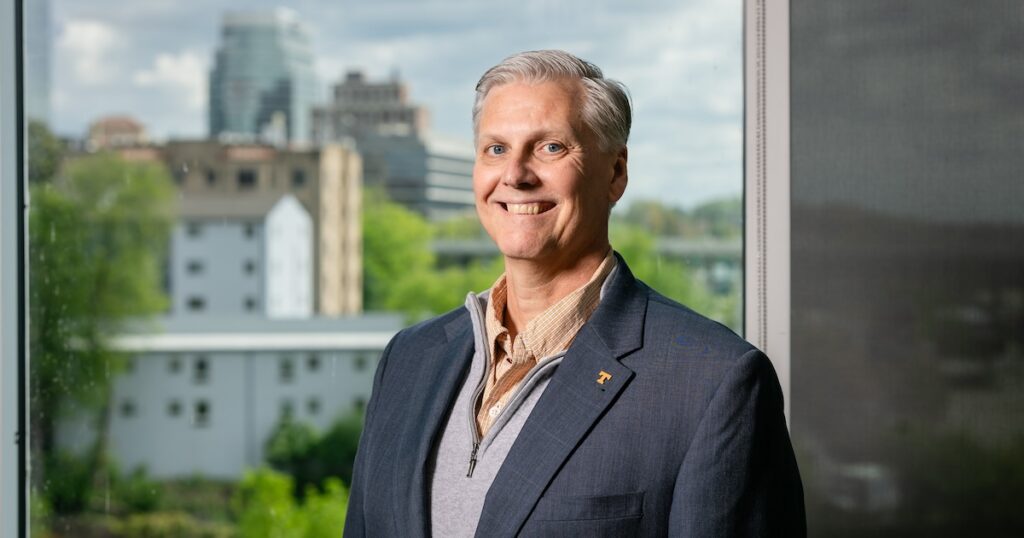Governor’s Chair Professor Brian Wirth, who will take over as department head on August 1, is playing a prominent role in the planning for expansion of fusion energy facilities in the United States.
Wirth chaired a Fusion Energy Sciences Advisory Committee (FESAC) facilities construction projects subcommittee, with Carlos Paz-Soldan of Columbia University as the vice-chair. The subcommittee was tasked with evaluating facilities needed by the Department of Energy’s Fusion Energy Sciences (FES) program. The subcommittee is presenting its report at the FESAC Meeting on April 30 in Rockville, Maryland.
“I think it speaks to the credibility of the Tickle College of Engineering and the Nuclear Engineering Department here. It shows the respect the DOE has for us collectively and myself in asking me to lead this particular subcommittee,” Wirth said. “This was a big charge because the Office of Sciences does this approximately every decade. It’s a huge recognition of how important we are at UT to the mission of the DOE fusion energy sciences (FES).”
The 13-member subcommittee was established by the FES and FESAC in January in response to a Letter of Charge from Asmeret Asefaw Berhe, the former DOE undersecretary of science, to assess new or upgraded world-leading facility investments within the DOE’s Office of Science over the next decade.
The subcommittee solicited US fusion community input on the facilities to review and received 40 white papers. The subcommittee evaluated 12 facilities, which included one facility currently under construction, three proposed upgrades to existing facilities and eight new facilities, proposed to support the US fusion community.
The subcommittee held public community webinars from mid-February to early April, at which they heard from speakers representing each facility submission and the public. The subcommittee formed a strong consensus on four facilities to ‘Best Serve Fusion’: blanket component test facility (BCTF), fuel cycle test facility (FCTF), fusion prototypic neutron source (FPNS), and ITER.
“Fusion energy is the ultimate clean sustainable carbon free energy source. If what the committee recommends helps push us one or two steps closer to realizing fusion energy on the energy grid, it’s huge for mankind,” Wirth said. “Secondly, the Office of Science and Department of Energy very seriously prioritizes the US being at the forefront of science and engineering and operating world-leading facilities. It’s a fairly big investment, but it’s worth the price for us to potentially be world leaders, because there is a lot of competition on the international front.”
Contact
Rhiannon Potkey (865-974-0683, rpotkey@utk.edu)
